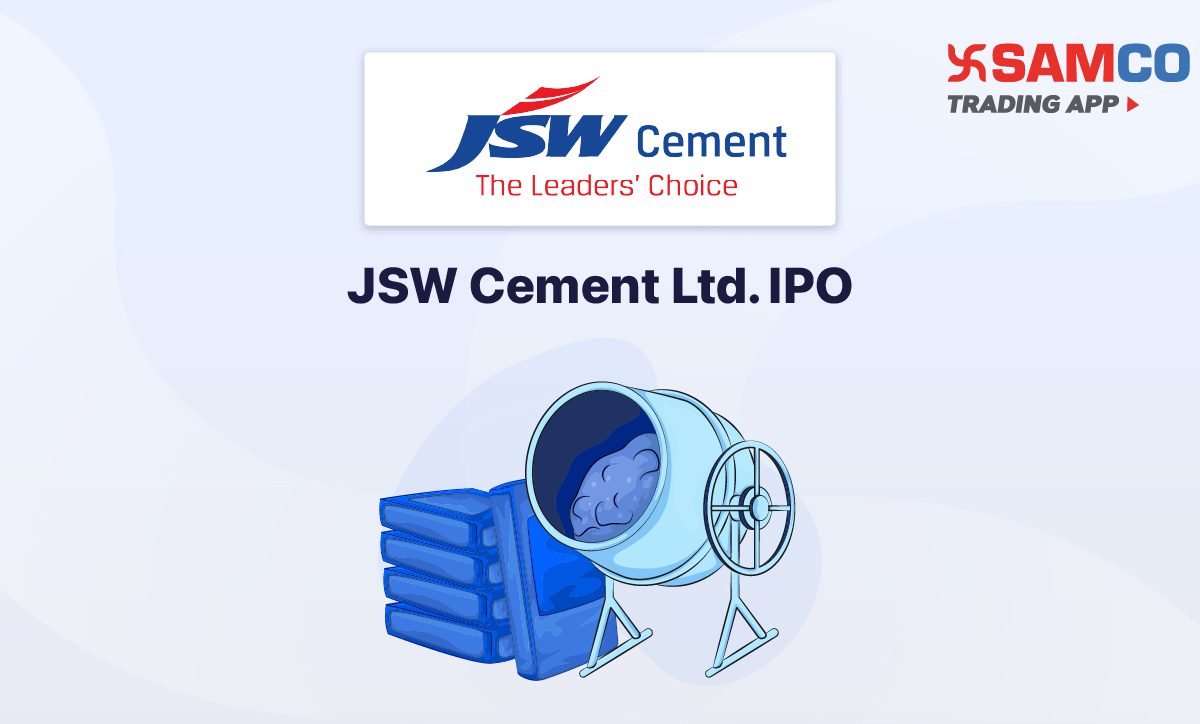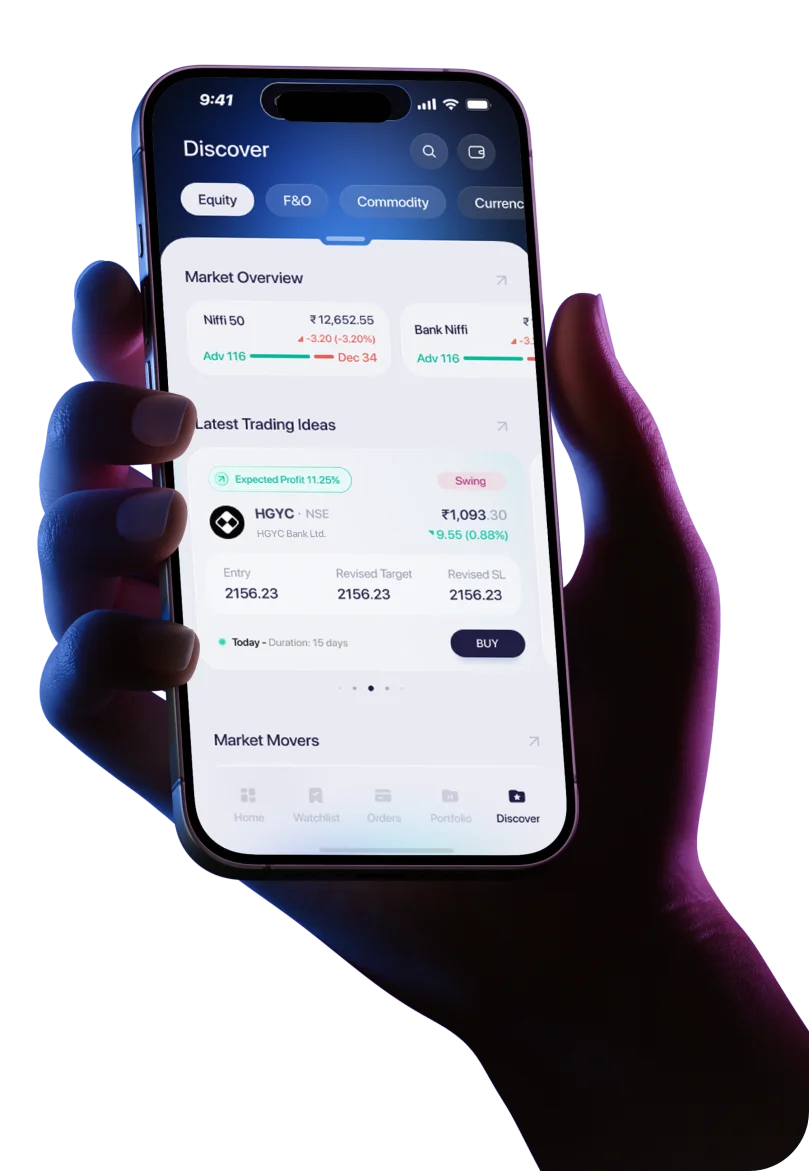Introduction:
The company is among the top three fastest growing cement manufacturing companies in India in terms of increase in installed grinding capacity and sales volume from Fiscal 2015 to Fiscal 2025 while it is among the top 10 cement companies in India in terms of installed capacity and sales volume as of March 31 2025, according to CRISIL Report. For the period from Fiscal 2023 to Fiscal 2025, its installed grinding capacity grew at a compound annual growth rate (“CAGR”) of 12.42% and sales volume (excluding JSW Cement FZC) grew at a CAGR of 15.05%, which is faster than the industry average CAGR of 6.23% for installed capacity and 8.12% for sales volume during the said period according to the CRISIL Report.
As of March 31, 2025, it had Installed Grinding Capacity of 20.60 MMTPA consisting of 11.00 MMTPA, 4.50 MMTPA and 5.10 MMTPA in the southern, western and eastern regions of India, respectively. As of March 31, 2025, it had an Installed Clinker Capacity of 6.44 MMTPA which includes the Installed Clinker Capacity of JSW Cement FZC, majority of which is developed organically by the company. The company is currently undertaking greenfield and brownfield expansion plans across India, including in the north and central regions, to increase its Installed Grinding Capacity to 41.85 MMTPA and Installed Clinker Capacity to 13.04 MMTPA, and create a pan-India footprint
The company is a part of the JSW Group, a multinational conglomerate. The company benefit from its access to other companies that are part of the JSW Group. For example, it source key raw materials such as blast furnace slag from JSW Steel Limited and power from JSW Energy Limited for its operations. As part of the JSW Group, it benefit from synergies with the long established “JSW” brand. It also benefit from the visionary stewardship of its promoters, Mr. Sajjan Jindal and Mr. Parth Jindal and its experienced board of directors and senior management team.
IPO Details:
IPO Date | 7th August 2025 to 11th August 2025 |
Face Value | ₹ 10/- per share |
Price Band | ₹ 139 to ₹ 147 per share |
Lot Size | 102 shares and in multiples thereof |
Issue Size | ₹ 3,600 crores |
Fresh Issue | ₹ 1,600 crores |
OFS | ₹ 2,000 crores |
Expected Post Issue Market Cap (At upper price band) | ₹ 20,041.46 crores |
Objectives of Issue:
- Part financing the cost of establishing a new integrated cement unit at Nagaur, Rajasthan.
- Prepayment or repayment, in full or in part, of all or a portion of certain outstanding borrowings availed by the Company.
- General corporate purposes.
Key Strengths:
- India’s largest manufacturer of GGBS- The company is India’s single largest manufacturer of GGBS, with a market share in terms of GGBS sales of approximately ~84% in Fiscal 2025, according to the CRISIL Report.GGBS is manufactured entirely from blast furnace slag, which is a by-product of the steel manufacturing process. Its GGBS Volume Sold, its contribution to its overall sales and customer base has increased year-on-year.According to the CRISIL Report, the demand for GGBS in India was estimated to be approximately 6.2 MMT in Fiscal 2025, and the demand for GGBS is expected to grow at a CAGR of 14%-15% to reach 11.9 MMT-12.5 MMT in Fiscal 2030. Further, according to the CRISIL Report, the demand for GGBS is expected to be driven by it being one of the most effective replacements for OPC and fly ash in concrete manufacturing. Some advantages of GGBS concrete over pure OPC based concrete include (i) reduced thermal cracks due to lower heat of hydration; (ii) reduced shrinkage cracks; (iii) improved workability and smoother finishes; (iv) improved cohesion; (v) better resistance against chemicals such as chlorides, sulphates and carbon dioxide; (vi) higher flexural strength; (vii) higher compressive strength (both initial and long-term strength); and (viii) improved durability.
- Eco-Friendly Products and Operations – The company business model place emphasis on the utilisation of industrial by-products such as blast furnace slag, Al-killed slag, argon oxygen decarburisation slag, fly ash, red mud and chemical gypsum as raw materials to reduce the use of finite natural resources such as limestone. It also utilise waste derived resources as raw materials. As a result, according to the CRISIL Report, the percentage of waste usage forming part of its total raw material consumption was the highest amongst peer cement manufacturing companies in Fiscals 2025, 2024 and 2023. It primarily manufacture blast furnace slag based green cementitious products such as blended cement and GGBS. Green cementitious products constituted 77.41%, 80.68% and 82.49% of its Total Volume Sold in Fiscals 2025, 2024 and 2023, respectively.To reduce its dependence on coal and petroleum coke as sources of fuel, it co-process industrial waste such as carbon black from the refinery sector, solvents from the pharmaceutical sector, refuse derived fuel (“RDF”) and multilayer packaging plastic waste and biomass or agri-waste materials such as rice husk as alternate fuel sources.
- Strategically Located Plants – The company is currently having operations across the southern, western and eastern regions of India. In each region, its plants are well connected by road and/or rail to their respective raw material sources and key consumption markets.One of the principal raw materials required to manufacture clinker is limestone. Its clinker and integrated units are located in close proximity to itslimestone mines. Further, its units are well connected by road and/or rail which enables it to cost effectively source raw materials such as coal, blast furnace slag and gypsum for its operations. Its plants are also well connected by road and/or rail to their key consumption markets, enabling it to serve customer demands in each key consumption market in a cost-efficient manner.
Risks:
- Significant Dependence on JSW Steel and its Subsidiaries- It primarily depend on JSW Steel Limited and its subsidiaries, itsrelated parties, for the supply of blast furnace slag. Blast furnace slag is a key additive raw material used to manufacture blended cement products (portland slag cement (“PSC”), portland composite cement (“PCC”) and others) and ground granulated blast furnace slag (“GGBS”), which it calls green cementitious products. Green cementitious products constitute a majority of its product sales. Blast furnace slag is obtained as a by-product of steel manufacturing process. It also source slag from JSW Steel Limited and its two subsidiaries. It also purchase a part of its requirement of other raw materials such as fly ash and clinker from members of the JSW Group.
- Business depends on its ability to mine and procure sufficient limestone for its operations - Limestone is the principal raw material for manufacturing clinker which is a key component for cement. The Fujairah Mine Agreement may be terminated by FNRC at any time without judicial recourse if the quarry site is allocated to the Fujairah Government or for another government purpose. Similarly, the governments in India can also exercise their right to pre-emption, i.e., acquire the mine by giving us a notice for the mines in India. If these events were to occur, its operations may be adversely affected. Further, if it is unable to successfully operationalise limestone mines that are currently not operational in a timely manner or at all its expansion plans could be delayed, which in turn could have an adverse impact on its results of operations.
- Long Gestation Period for Projects- Its greenfield and brownfield expansion projects under development have a long gestation period before they become operational or generate profit. For instance, it is in the process of undertaking additional greenfield or brownfield projects to increase itsInstalled Grinding Capacity by 103.15% from 20.60 MMTPA to 41.85 MMTPA and clinker capacity by 102.48% from 6.44 MMTPA to 13.04 MMTPA, all of which would require several approvals and steps prior to commencement of operations, including among others, environmental clearances, entering into mining leases, land acquisition processes, among others. The development of such projects involves various risks, including, among others, regulatory risk, construction risk, financing risk and the risk that these projects may ultimately prove to be unprofitable. Entering into such projects may also pose significant challenges to its management, administrative, financial and operational resources. Its projects under construction or development may be delayed or terminated due to a number of factors including: inability of its contractors to complete the construction of the project on time, within budget or to the standards specified to them; failure to obtain necessary government approvals in time or at all; occurrence of force majeure events; unanticipated cost increases or changes in scope of work granted under the respective concession; disruptions such as injury to third parties, site accidents or other incidents and contractual disputes with itsconstruction contractors; and inability to obtain adequate financing to complete construction of and to commence operations of the project.
Financial Snapshot:
Particulars | FY ended 31/3/25 | Fy ended 31/3/24 | Fy ended 31/3/23 |
Revenue ((in ₹ million) | 58,131 | 60,281 | 48,658 |
Growth | -3.57% | 23.89% |
|
EBITDA (in ₹ million) | 8,153 | 10,357 | 7,874 |
Growth | -21.27% | 31.53% |
|
Net Profit ((in ₹ million) | -788 | 1,134 | 1,542 |
Growth | -169.54% | -26.47% |
|
EBITDA Margins | 14.03% | 17.18% | 16.18% |
PAT Margins | -1.36% | 1.88% | 3.17% |
Interest Coverage Ratio | 1.12 | 1.70 | 1.46 |
Debt to Equity | 0.97 | 0.91 | 0.98 |
ROCE | 6.80% | 10.62% | 6.36% |
ROE | -3.22% | 4.66% | 6.87% |
KPI comparison with Industry Peers
Particulars | JSW Cement | Industry Average |
Revenue Growth | 9% | 2% |
3 Years Average EBITDA margins | 15.80% | 15.73% |
3 Years Average PAT Margins | 1.23% | 6.08% |
3 Years Average Interest Coverage Ratio | 1.43 | 10.19 |
ROCE | 8% | 6% |
ROE | 3% | 6% |
Net Debt to Equity | 0.95 | 0.17 |
P/E Ratio | - | 59.71 |
EV/EBITDA | 25.27 | 22.96 |
PE Ratio | 62.53 | 48.968 |
Conclusion
The cement sector has faced significant pricing pressures in recent times. However, the recent hike in cement prices has led to improved profitability across the industry, which is likely to benefit JSW Cement as well. The company also stands to gain from the strong recall and credibility associated with the JSW.
From peer comparison standpoint, JSW cement revenue growth is superior as compared to industry and EBITDA Margins are consistent with industry average. However it has Lower PAT margins with Lower ROE and higher Debt -Equity as compared to the industry
As the company reported a loss in the previous fiscal year, a Price-to-Earnings (P/E) comparison with peers is not applicable. However, the company's EV/EBITDA multiple is broadly in line with the industry average. Given the current valuation and the availability of cement companies with stronger fundamentals at more attractive valuations, investors are advised to avoid the IPO




 Easy & quick
Easy & quick
Leave A Comment?